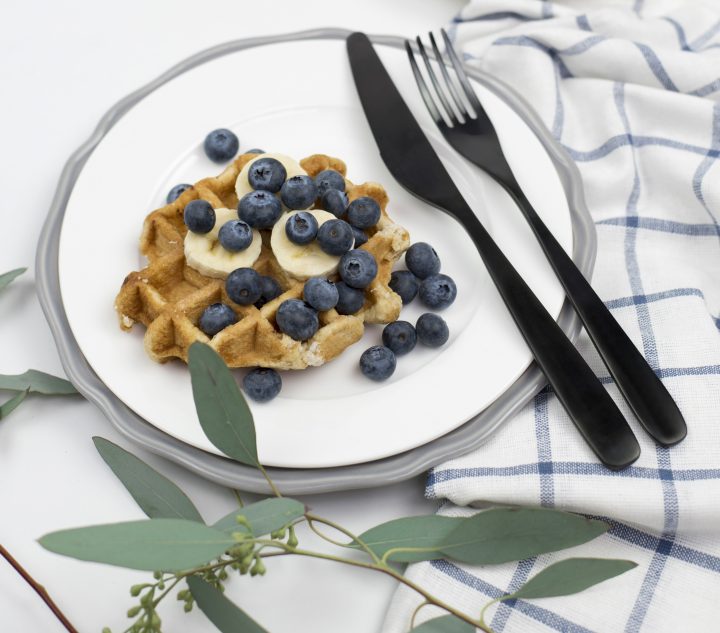
So, you’re newly married, huh? Well, congrats to you, my friend! Have fun referring to your then boyfriend as your now husband and good luck with the one question at every gathering that will make you want to pull your hair out: what’s it like being married?
See, I wouldn’t mind answering that question except it’s only the married couples that ask.
For god’s sake, Suzan, you’ve been married for fifteen years, and you still don’t know what it’s like?
Okay, lovebirds, it was fun while it lasted and that honeymoon in Los Cabos?
Definitely Instagram worthy.
Back to reality! You’re finally back home, and you can’t wait to cook that first meal for your partner. Granted, you’re not a chef, but that doesn’t mean you can’t learn the basics of cooking. Everyone starts somewhere and always remember the way to anyone’s heart is through their stomach.
Chop it like it’s hot
This is the foundation for any meal out there. Whatever dish you are planning on making, odds are, it will require you to sharpen those knife skills (ha-ha, get it?). When I first got married, I made a lot of stir-fries. They were so simple, but my cutting skills were horrendous. At one point, I just threw half an onion in there hoping it would soften and break apart on its own! After watching a 2-minute video on YouTube, I now actually enjoy dicing up my vegetables. It’s surprisingly therapeutic.
An Egg-cellent breakfast
Did you hear about the hen who laid her egg on an ax? She wanted to hatchet.
How do you like your eggs? Fried? Boiled? Sunnyside up? Poached? Scrambled? Omelet? Personally, I like mine in a cake. While eggs play a more prominent role in baking, they can also be nutritious breakfast food. With that said, cooking an egg couldn’t be easier. Depending on how runny or firm you like your eggs, it all comes down to time. The longer you boil, scramble, or poach an egg, the firmer it becomes. Like it runny? Then cook for less time.
No, not exercise, I said extra rice!
Listen up; if I could spend hours teaching anything about cooking, it would be to show you how to prepare rice probably. Whether you’re American, European, Asian, or African, rice is a necessity for almost every meal.
Here’s how simple it is:
You place your rice in water and let it soak for 30 minutes. Place water into a large pot (for every one cup of rice, you add 2.5 cups of water or chicken broth). When the water comes to a boil, drain the water on the rice, add it to the pot, and give it a light stir. You can add a teaspoon of ghee, but that’s entirely optional. I use it on my rice because it keeps the rice from sticking together and gives it a light buttery taste. When the water boils down, and you see bubbles starting to pop on top of the rice (about 6-7 minutes), lower the heat and cover with lid. Wait ten minutes, take your rice off the heat and cover it with a kitchen towel (it will help absorb excess moisture). When it’s time to serve, just lightly fluff the rice with a fork!
That’s it! No need for any fancy rice cooker. With this technique, you can make the perfect rice at home!
Seasoning’s Greetings!
Why is seasoning important? For one, it’s what enhances the flavor of your food. We are all familiar with salt and pepper, but there are endless options when it comes to spices. When it comes to seasoning our food, there are actually rules. Yup, I’m dead serious. Let’s say you want to season a chicken. When you’re done cleaning it and patting it dry, you want season every inch of that chicken generously! The front, back, under the wings, the insides, outsides, everything!! Always use high-quality ingredients because it really makes a difference in taste.
What’s steaking so long?
Have you ever seen a chef cook a steak in a nonstick pan? No, because you will need a cast iron skillet for this! Steaks need high heat, and cast irons are perfect for it. The best thing about steaks is that they don’t need a ton of work.
The first step is to preheat your oven to 400 degrees Fahrenheit (204 Celsius). You season each side with freshly cracked salt and pepper and cook it on the skillet over medium-high heat. When a dark crust starts forming (7-8 minutes) on both sides, begin browning the edges with your tongs until you’ve reached the desired color. How long you keep your steak in the oven depends entirely on you but anywhere from 5-15 minutes is perfect. Make sure to let your steak rest for 7-8 minutes after taking it out of the oven. Finally, some Steak Butter and it’s ready for devouring.
Line it up!
One way you can keep and baked good from sticking is buttering your pan and sprinkling sugar or flour on top. It’s a pretty simple technique that works wonders and keeps your masterpieces from ruin. Another method is parchment paper. Never forget to grease your pans. You can use a pencil to line your parchment paper to your pan and cut it, so it lines perfectly. Just make sure to leave a strip longer than the other, so you don’t have difficulty handling it and removing it when it comes out of the oven.
Food safety
This has nothing to do with actual cooking, but the most crucial step in cooking basics. It’s common knowledge that a kitchen is a place where germs are most likely to flourish. We’ve been taught to wash our hands before and after we eat since we learned to walk! By washing your hands properly with anti-bacterial soap, you are preventing the spread of harmful bacteria and deadly diseases.
If you need to remember one thing about kitchen safety, it’s washing your hands; I cannot stress this enough. Kitchen hygiene starts with repeatedly washing your hands through the cooking process.
Speaking of cooking, never undercook your food. You may think that it’s obvious, but you’d be surprised at how many people undercook their food. This leads to harmful bacteria ingestion and possible food poisoning.
Here are some other tips to help you master food safety:
-Never leave food out in the open, it becomes vulnerable to bacteria. Always cover it and place it in the fridge or freezer.
-Let all food cool completely before storing it in the refrigerator or freezer.
-Wash fruits and vegetables thoroughly before chowing down.
-Thoroughly clean your kitchen with anti-bacterial products to prevent the risk of cross-contamination.
I believe it was Julia Child, the incredible American chef, who said: “No one is born a great cook, one learns by doing.” Remember when you first learned to ride a bike? Maybe you don’t, but I can tell you it took a ton of effort and hundreds of tries before you screamed: “I did it!”
Practice makes progress, not perfect, and every step you take is another step towards mastering the art of cooking.



